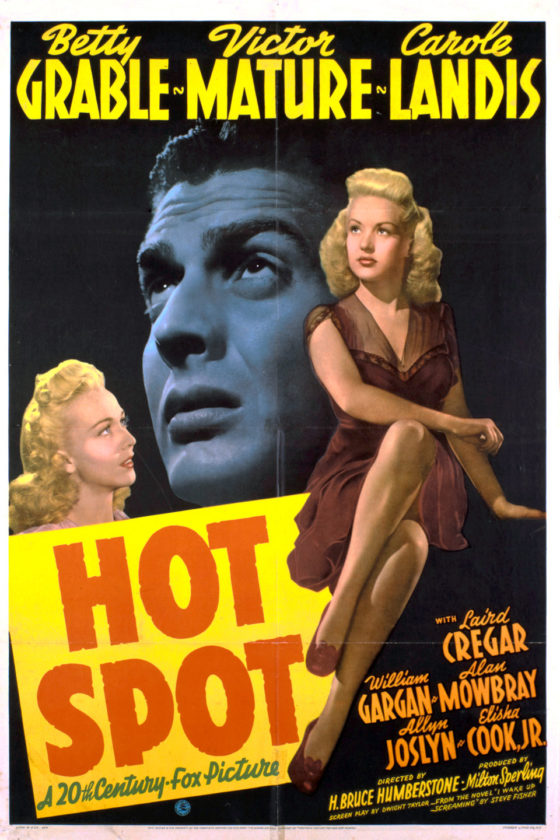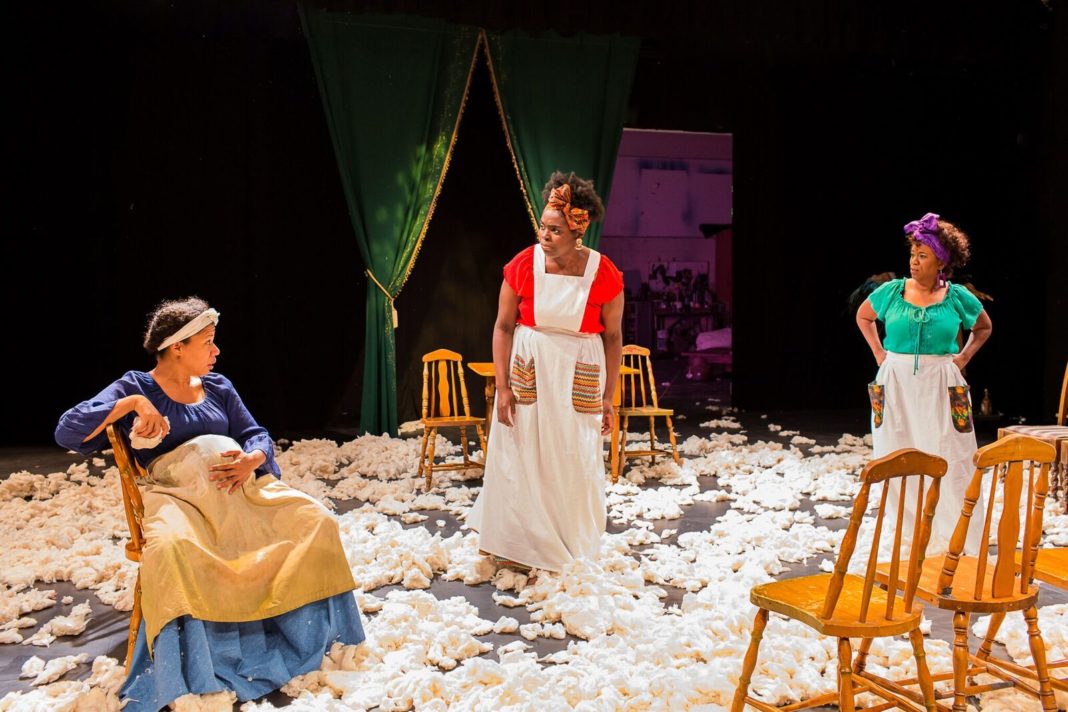Russian composer Igor Stravinsky’s ballet The Rite of Spring caused one of classical music’s most famous, exaggerated scandals. Rite’s debut on May 29, 1913, made history by nearly starting a riot in the audience.
Stravinsky premiered two other ballets, Firebird (1910) and Petrushka (1911), in the years leading up to Rite’s premiere, and both met with positive reviews. With a packed theater the night of the debut, two groups sat in the audience: the upper class elites who had an expectation of beautiful music and the middle class concertgoers who were happy to support anything that conflicted with the elites’ vision.
Divided into two parts, Adoration of the Earth and The Sacrifice, Rite’s ballet tells a story of pagan Russian rites and human sacrifice. The show opens with a solo bassoon melody based on an Eastern European folk song. Vaslav Nijinsky choreographed primal and unorthodox movements. One dancer recalled, “With every leap, we landed heavily enough to jar every organ in us.”
It is said the booing started during the introduction.
The audience wasn’t in the mood for Rites’ groundbreaking music. Harsh dissonances—a collection of notes, resulting in a crunchy and uncomfortable feeling—with complex and tricky rhythms at ear-blasting volumes certainly didn’t help the already upset audience.
Catcalls, hisses and boos launched from the audience after the curtain rose on the stomping dancers. It is said the two groups of concertgoers began fighting among themselves, throwing objects and brandishing canes like weapons.
The objective truth of Rite’s debut is lost to history and has been discussed ever since its premiere. Was it the music that caused the riot or the choreography? Was there truly a near-riot, or was there simply an unruly audience whose expectations were not met? The truth is probably somewhere in the middle.
The Oregon Symphony took on this infamous piece in 2012 and again this weekend, Jan. 13–15, in their “Sounds of Home” series—this time with a unique multimedia take thanks to New York–based stage and multimedia designer Matthew Haber.
The big question after any Rite performance is inevitably, “How was the bassoon solo?”
Principal bassoonist Carin Miller Packwood played the infamous solo this year. Her sound pierced the dark hall and filled it with a full, emotionally strained tone. A multimedia display, projected in two large sections above the stage, began shortly after she started playing.
Adoration of the Earth paired with a floral display blooming as the earth came to life. Vivid colors accompanied the music before giving way to a depiction of pagan dance. The display become a wash of gray and dreariness, foreshadowing the rest of the piece’s story with dead trees and wasteland terrain.
The moving shapes and images on screen tied to every note. Nothing was left out, from the piccolo shrieks being paired with a racing rainbow of colors to the percussion dictating when certain shapes rose and fell. At one point, when the music’s ominous dissonance grew, the shapes gave way to a stony, desolate earth that moved with the fluidity of water, following every contour of the melody in a queasy manner.
Near the end, as the final section began building, the music’s explosiveness was met with fiery images crawling across the screen in a foreboding manner at the conclusion.
The Oregon Symphony played beautifully. Maestro Carlos Kalmar shaped the music with precision and clarity, even while it at times had a primal, animalistic energy. There are almost as many interpretations of Rite as there are orchestras, and Kalmar found a balance between a riot-inducing rendition and a crisp, over-perfect one. The music lends itself to being wildly energetic, and Kalmar brought that out in a way that connected beautifully with Haber’s vivid images playing above the orchestra.
Check out Oregon Symphony in the coming months as they put on concerts ranging from film music from Pirates of the Caribbean and John Williams to Gustav Mahler’s massive Seventh Symphony. To read more about The Rite of Spring and its history, check out NPR and Classic FM.






